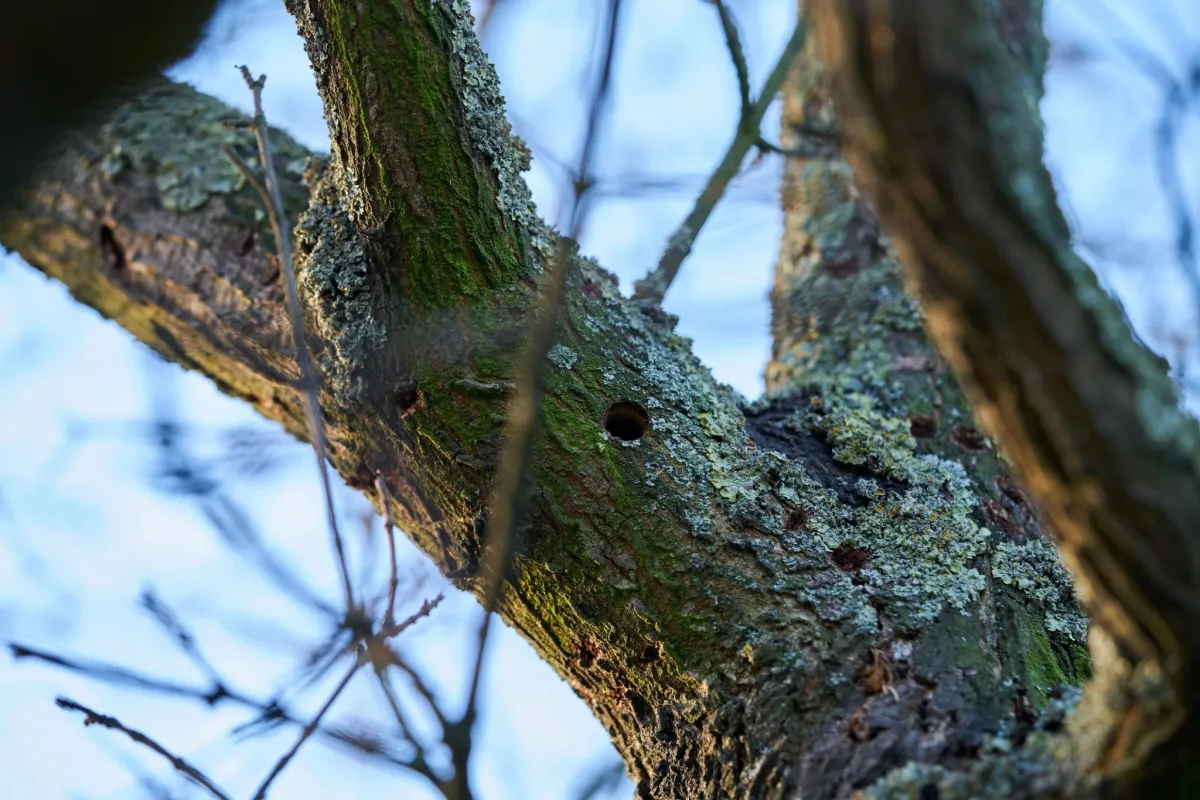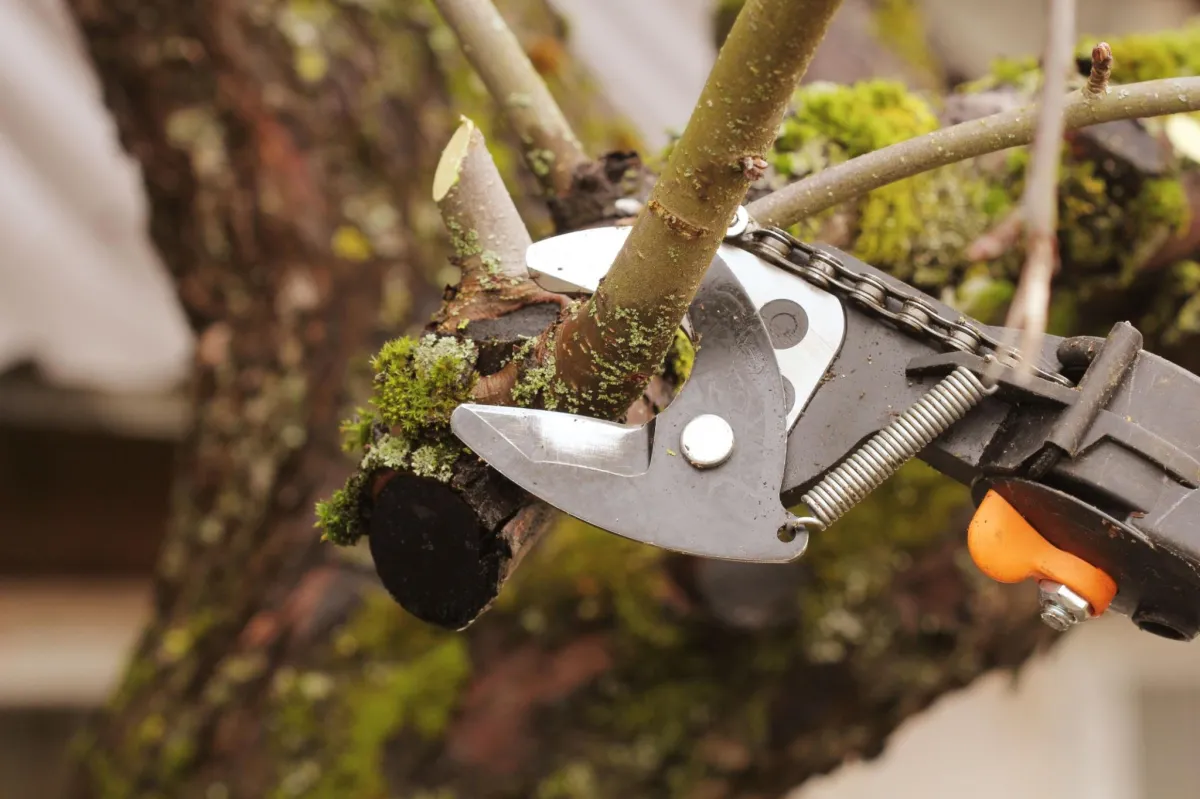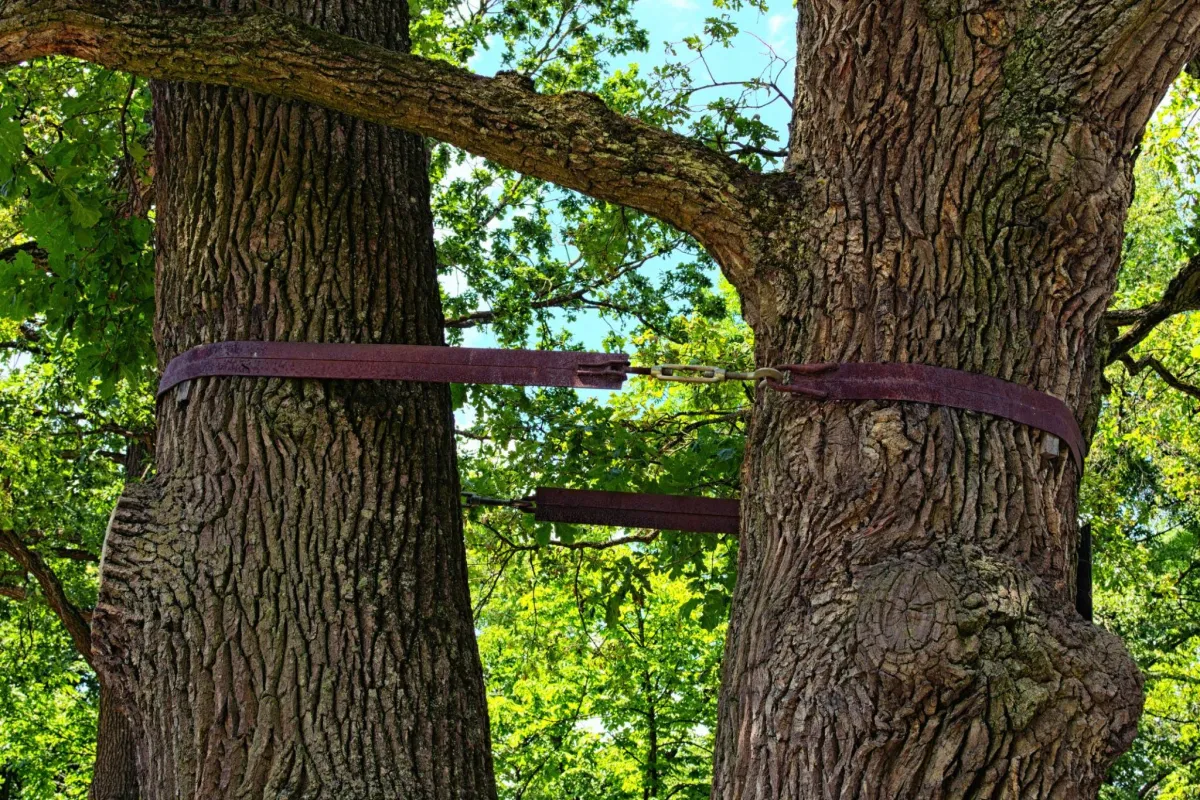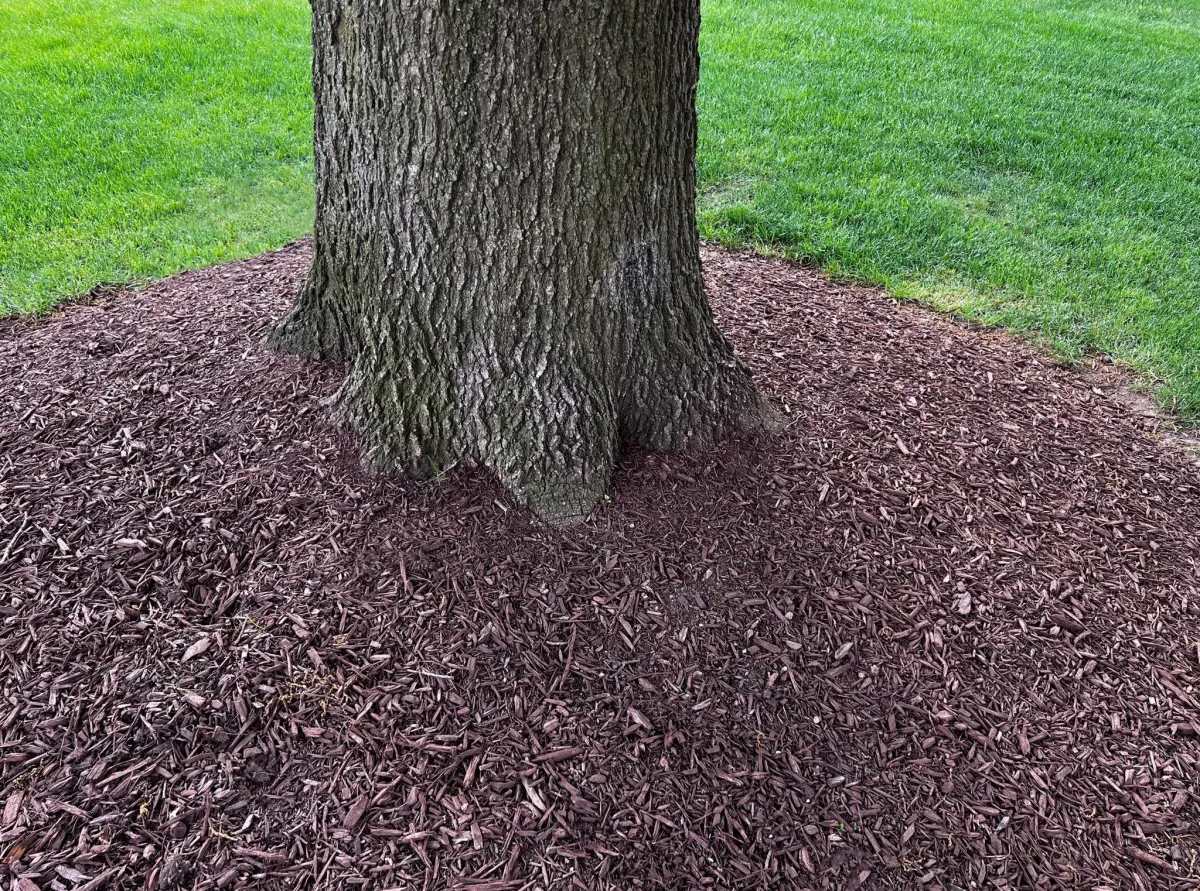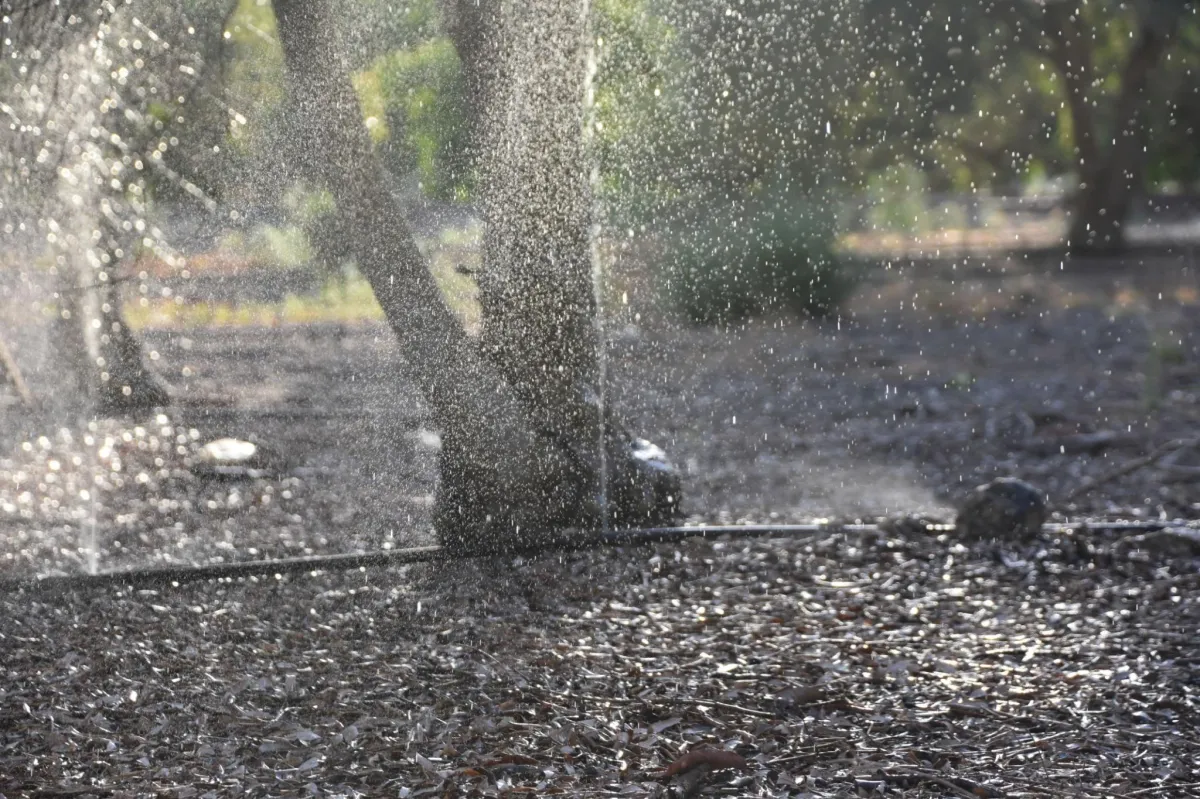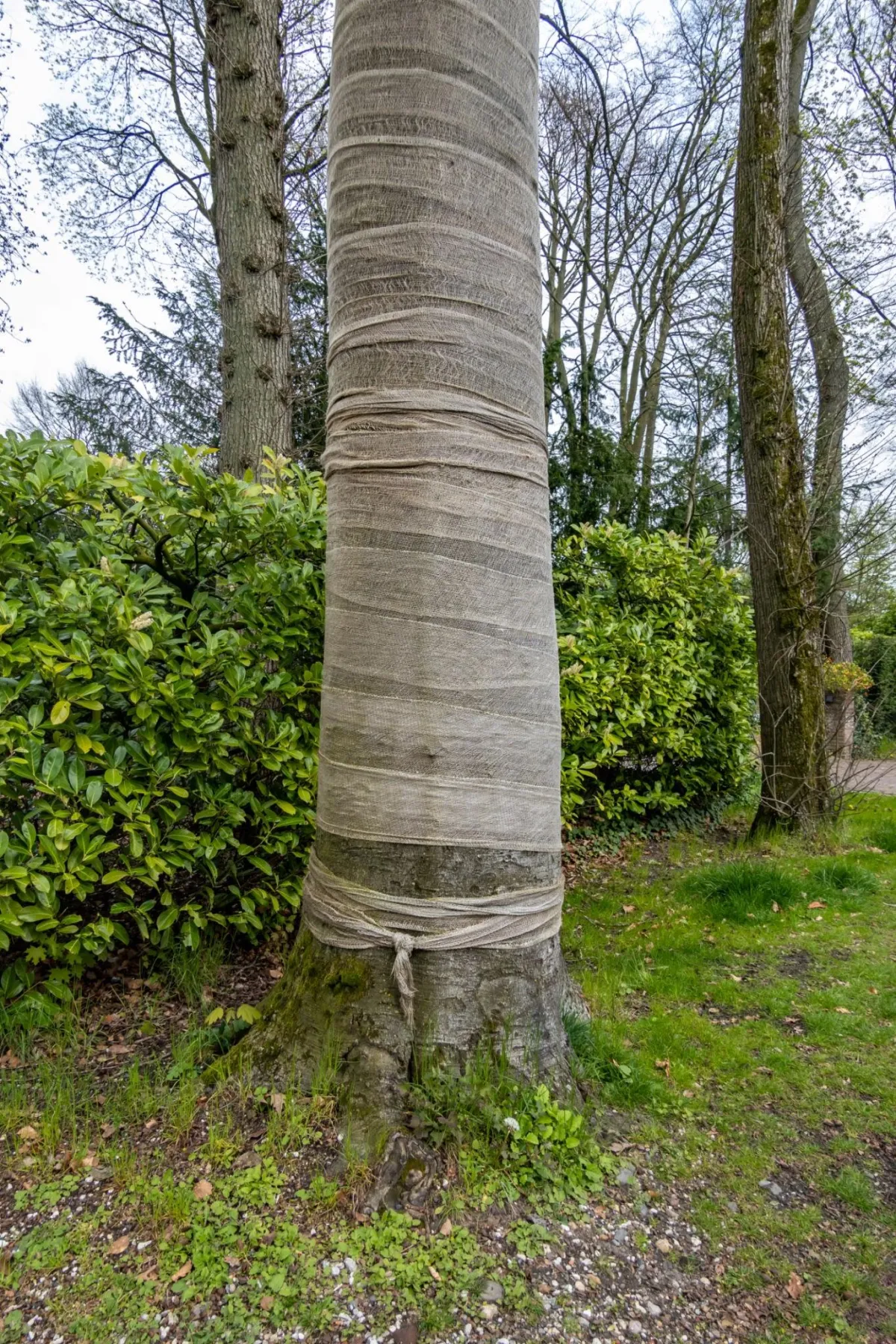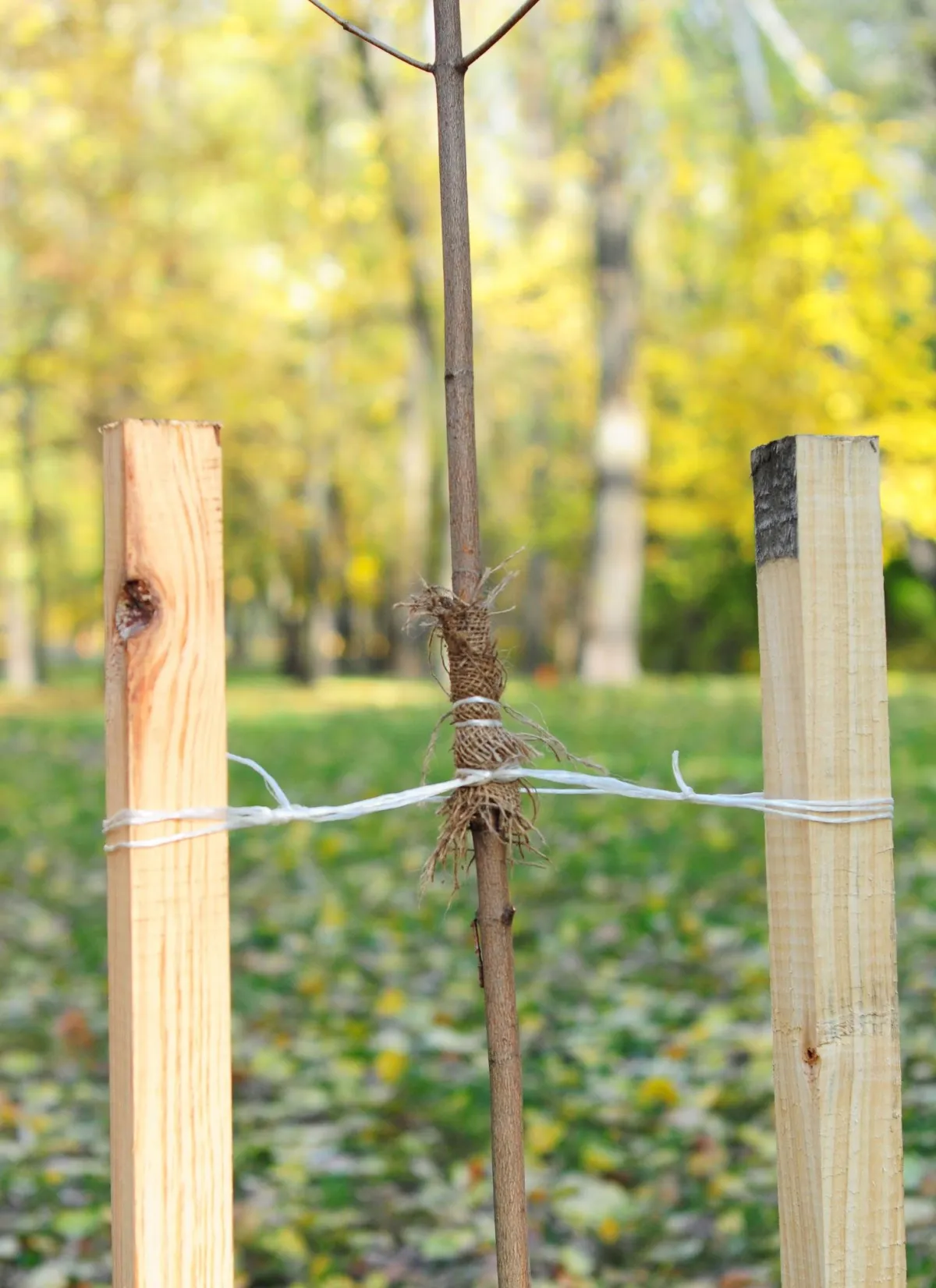
Blog > A Guide for Arborist Service
How to Reinforce Trees Before Winter Storms
Winter storms can be tough on trees, causing branches to break, trees to fall, and even damaging property. But with a little preparation, you can help your trees survive the cold and storms. In this guide, we’ll cover easy and effective ways to protect your trees from winter weather, ensuring they stay strong and healthy.
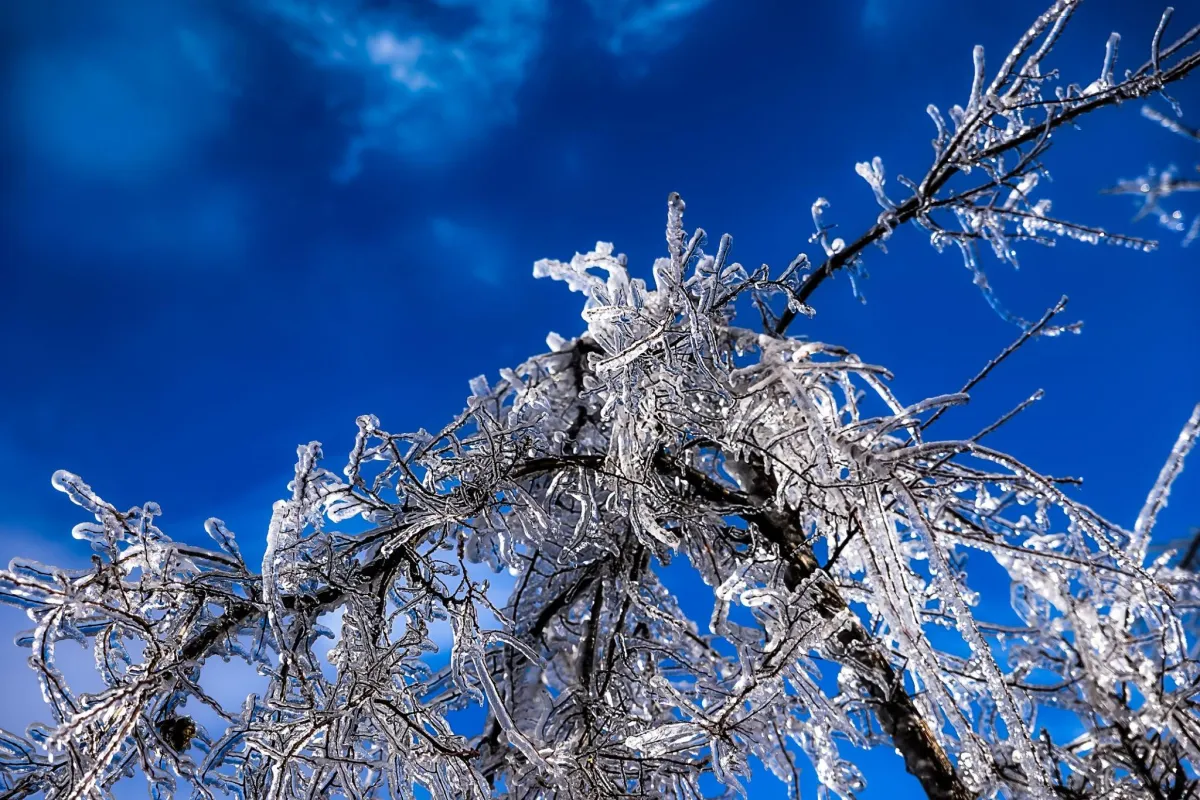
Why Winter Storm Preparation Matters
Winter storms bring heavy snow, strong winds, and icy conditions. All of these can put a lot of stress on your trees. If a tree is weak or damaged, it might lose branches, fall over, or even die. Preparing your trees helps them stand strong during storms, reduces the risk of property damage, and ensures their health for years to come.
Steps to Reinforce Trees Before Winter Storms
Inspect Your Trees Carefully For:
Begin by checking your trees for signs of weakness or damage.
Look for:
Dead or weak branches that might fall.
Cracks in the trunk or branches.
Mushrooms or fungi, which could mean the tree is decaying.
Long, heavy branches that might snap under the weight of snow or ice.
If you see anything concerning, it’s a good idea to call an arborist. They can help you figure out the best plan for your trees.
Inspect Your Trees Carefully For:
Begin by checking your trees for signs of weakness or damage.
Look for:
Dead or weak branches that might fall.
Cracks in the trunk or branches.
Mushrooms or fungi, which could mean the tree is decaying.
Long, heavy branches that might snap under the weight of snow or ice.
If you see anything concerning, it’s a good idea to call an arborist. They can help you figure out the best plan for your trees.
Nutrient Availability
Pruning is like giving your tree a healthy haircut. Removing weak or dead branches can prevent them from breaking during a storm.
Here are some pruning tips:
Cut away dead wood: Get rid of any brittle or diseased branches.
Thin out crowded branches: This reduces wind resistance and makes the tree stronger.
Shorten long branches: Trim any that stick out too far, as these are more likely to break under heavy snow.
Pruning should be done before the first big freeze. Be careful not to overdo it—removing too much can harm the tree. Here is a guide on how to properly prune trees yourself. For large trees, it’s best to hire a professional arborist.
Prune Before Winter
Pruning is like giving your tree a healthy haircut. Removing weak or dead branches can prevent them from breaking during a storm.
Here are some pruning tips:
Cut away dead wood: Get rid of any brittle or diseased branches.
Thin out crowded branches: This reduces wind resistance and makes the tree stronger.
Shorten long branches: Trim any that stick out too far, as these are more likely to break under heavy snow.
Pruning should be done before the first big freeze. Be careful not to overdo it—removing too much can harm the tree. Here is a guide on how to properly prune trees yourself. For large trees, it’s best to hire a professional arborist.
Add Support for Weak Trees
Some trees may need extra help to stay standing during storms. Cabling and bracing are two methods that can provide additional support:
Cabling: This involves attaching strong cables to weak branches to help them stay upright.
Bracing: Steel rods are inserted to support a tree’s trunk or branches, especially if they are cracked.
These supports must be installed by a trained professional to ensure they’re done safely and effectively.
Mulch Around the Base
Mulch is like a blanket for your tree’s roots. Adding a thick layer of mulch around the base of your tree helps protect its roots from freezing. Use wood chips, shredded bark, or similar organic material. Spread the mulch evenly, keeping it 2-3 inches away from the trunk to prevent rot.
Mulch Around the Base
Mulch is like a blanket for your tree’s roots. Adding a thick layer of mulch around the base of your tree helps protect its roots from freezing. Use wood chips, shredded bark, or similar organic material. Spread the mulch evenly, keeping it 2-3 inches away from the trunk to prevent rot.
Wrap the Trunks of Young or Sensitive Trees
Young trees or trees with thin bark are more vulnerable to frost cracks and sunscald. Wrapping these trees with burlap or special tree wrap can protect them from extreme temperature changes. Be sure to remove the wrap in the spring to avoid trapping moisture and pests.
Soil Minerals
Soil contains tiny bits of minerals, like calcium, magnesium, and iron. These minerals act like vitamins for trees:
Calcium: Builds strong tree cells, like bones for humans.
Magnesium: Helps trees make chlorophyll, which is what turns sunlight into energy.
Iron: Keeps leaves green and helps trees stay healthy.
If the soil doesn’t have enough of these minerals, trees can become weak or their leaves might turn yellow. In Louisville, natural limestone in the soil adds calcium but can make it harder for trees to get iron.
Protecting Common Trees in Louisville, KY
In Louisville, trees like oaks, maples, and hickories are well-suited to the local climate and generally robust against winter challenges. However, they still benefit from proper care to stay healthy during the colder months. Native species are naturally more resilient, but ornamental or non-native trees, which are common in many yards, may require additional attention. These trees often struggle more with extreme weather and should be monitored for signs of stress or damage as winter approaches.
What do do after a storm
After winter storms, it’s important to check all your trees for any damage that may have occurred. Snow and ice can cause branches to break or trunks to crack, while strong winds may uproot or lean trees. If you notice broken limbs or leaning trunks, consider contacting a certified arborist to assess the damage and provide professional help. Removing heavy snow with a gentle brush can prevent extra stress, but ice should be left to melt naturally to avoid causing further harm to the branches. Prompt attention after storms ensures your trees remain healthy and minimizes potential hazards.
Contact Us
Service Hours
Social Media
Looking for landscaping, lawn care, or other home services?

Contact Us
+1 502-483-0511
Prospect, Louisville, KY 40222
Service Hours
Mon- Fri: 9am - 5pm
Sat & Sun: Appt Only
Social Media

2025 | Apex Pros | Rights Reserved




